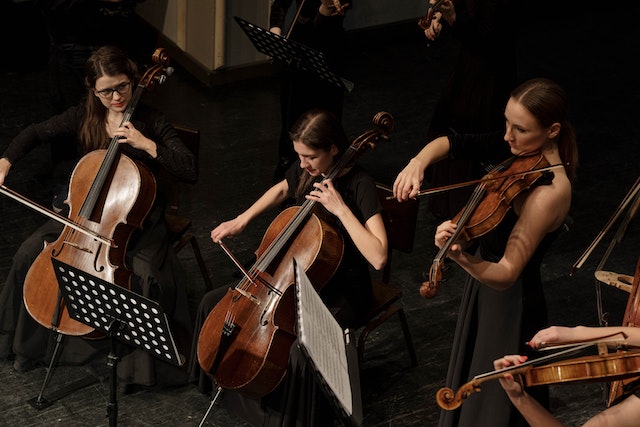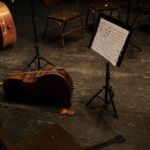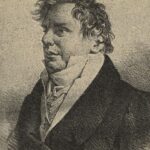These Quartets are the very last pieces Beethoven wrote on this Earth. They are exceptional and were very intimate to him.
Introduction to Beethoven’s Late Quartets
For the sake of easier understanding and accessibility, Beethoven’s string quartets are categorized into three groups, based on artistic periods in his life: early, middle and late quartets.
The Late Quartets, sadly, also means the end of his life. All these works were composed in his last 2-3 years. During this period Beethoven was more often sad than happy, more ill than healthy. He was a wounded bird, stone deaf at the time, at odds with his nephew, drained both emotionally and physically. In these quartets he pours his feelings into music.
In a way these are his most transcendent works, for many, these are the ultimate Beethoven works and arguably the best what string quartets may offer!
He started to work on these pieces after a fifteen-year gap, his last string quartet was written in 1810. His working method has changed by now, Beethoven was focused more on the individual voices and more sophisticated part writing. This time he used four staves parallel, instead of the usual one. In many ways he broke with the norms and logic of the Viennese Classical tradition and reached towards the Poetic. Mystery and surprise became the important elements of these works, melodies are more memorable than in his earlier works.
What comprises the Late Quartets?
There are six works in Beethoven’s late string quartets. Three of them are the Galitzin Quartets, these are
– String Quartet No. 12 in E-flat major, Op. 127
– String Quartet No. 13 in B-flat major, Op. 130
– String Quartet No. 15 in A minor, Op. 132.
The three other quartets are
– String Quartet No. 14 in C-sharp minor, Op. 131
– String Quartet No. 16 in F major, Op. 135
– The Grosse Fuge, in B-flat major, Op. 133.
Today, we consider the Grosse Fuge as a separate piece, but originally there were only five late quartets, and it was the final movement of the String Quartet No. 13, Op. 130. This music is so grandiose and confusing that Beethoven had to be convinced to compose a new ending to Op. 130 and make the Grosse Fuge a new, separate piece.
|Related: The history of Beethoven’s Grosse Fuge
The order of composition of these Late Quartets by date: Op. 127 (1825), 132 (1825), 130 (1825), 131 (1826), 135 (1826).
Opus 132, 130 and 131 are also called the “ABC” quartets because of their keys: A minor, B-flat major, and C-sharp minor.
Reception of the Late Quartets
Beethoven’s Late Quartets were not received well by contemporary audiences and musicians. They were strange, complicated, ahead of their time. Later generations understood better and were inspired by them. Schubert famously said about the Op. 131, “After this, what is there for any of us, to compose?”
Today, these quartets are considered among the greatest musical compositions of all time.






